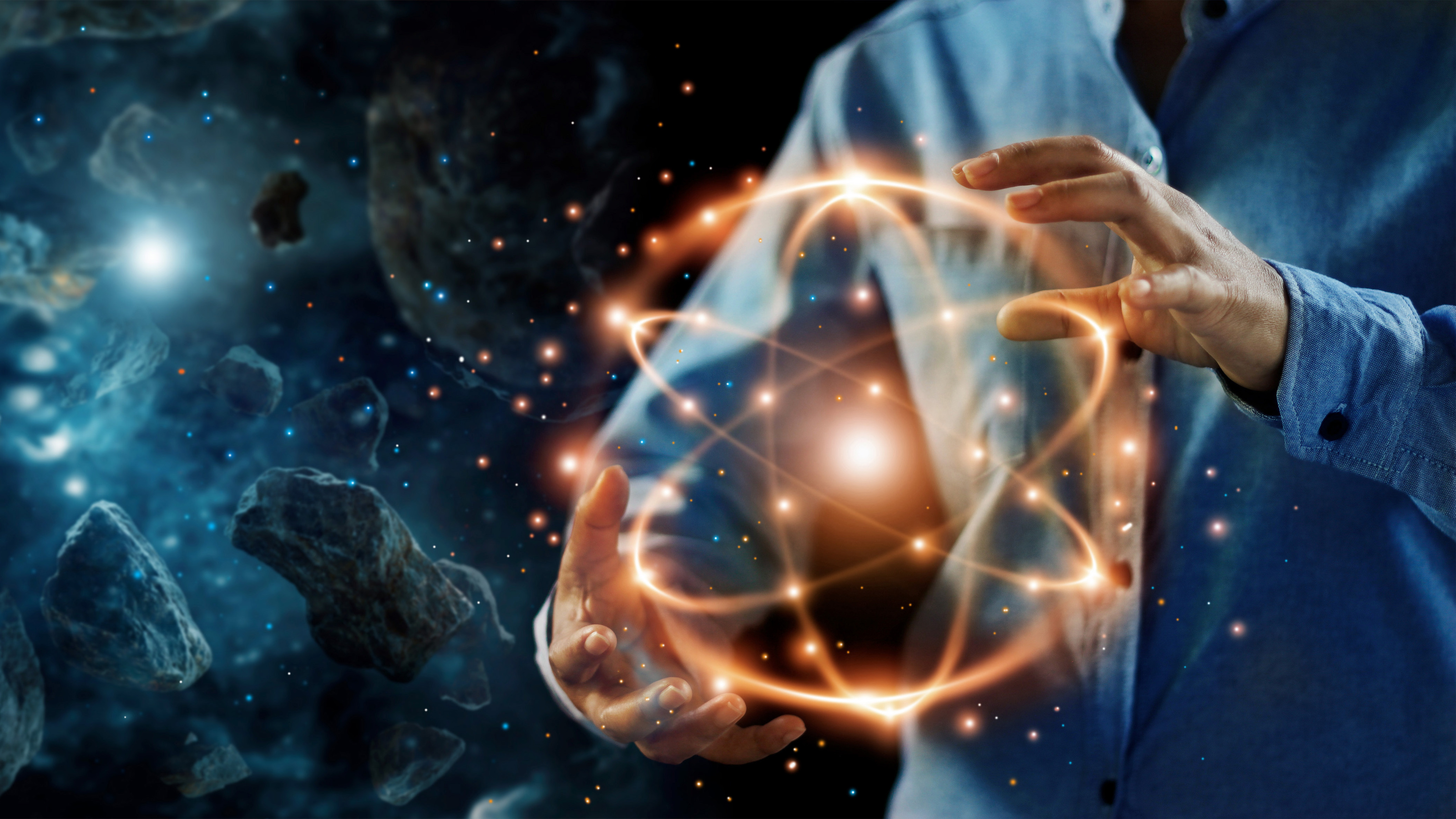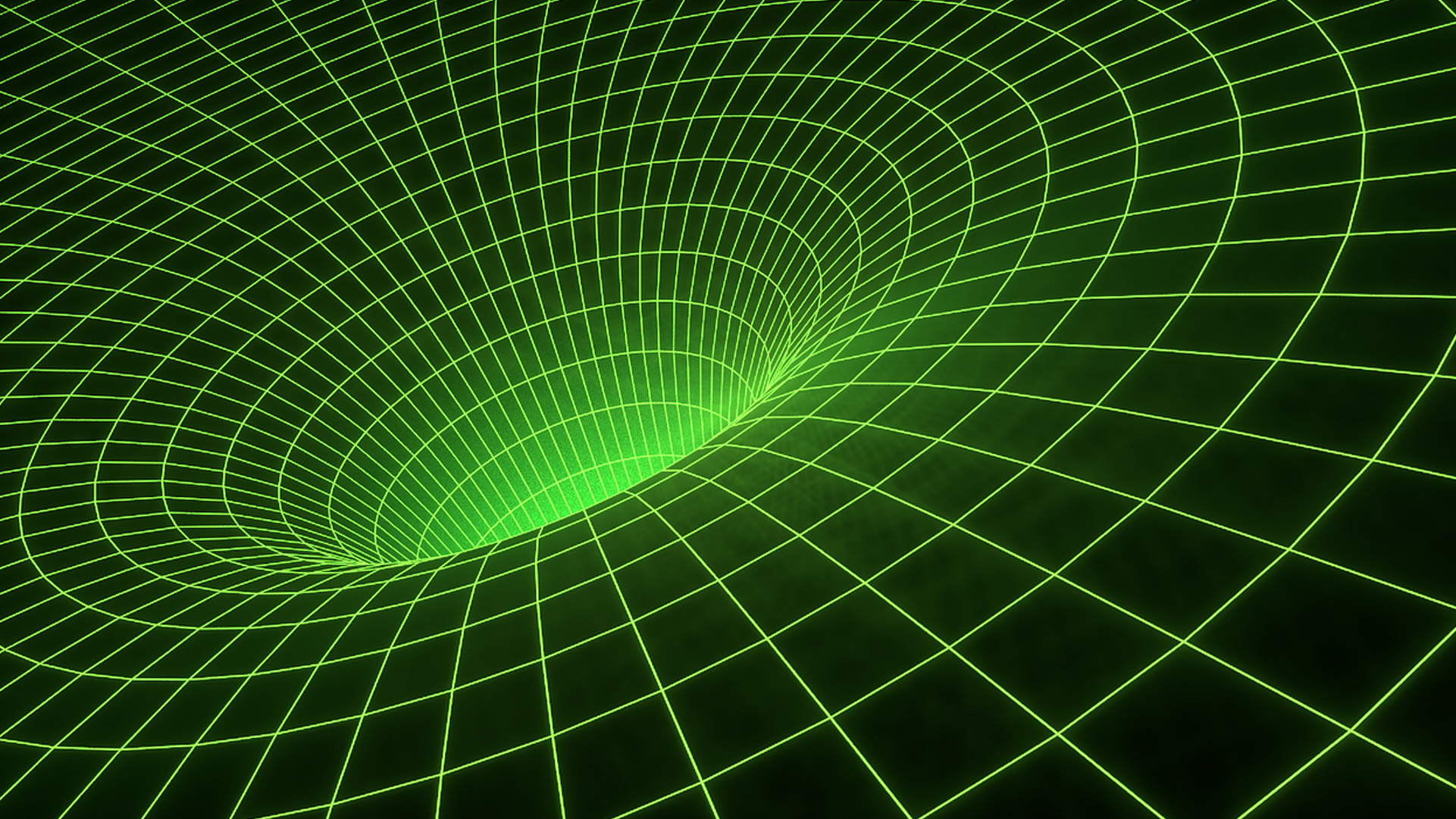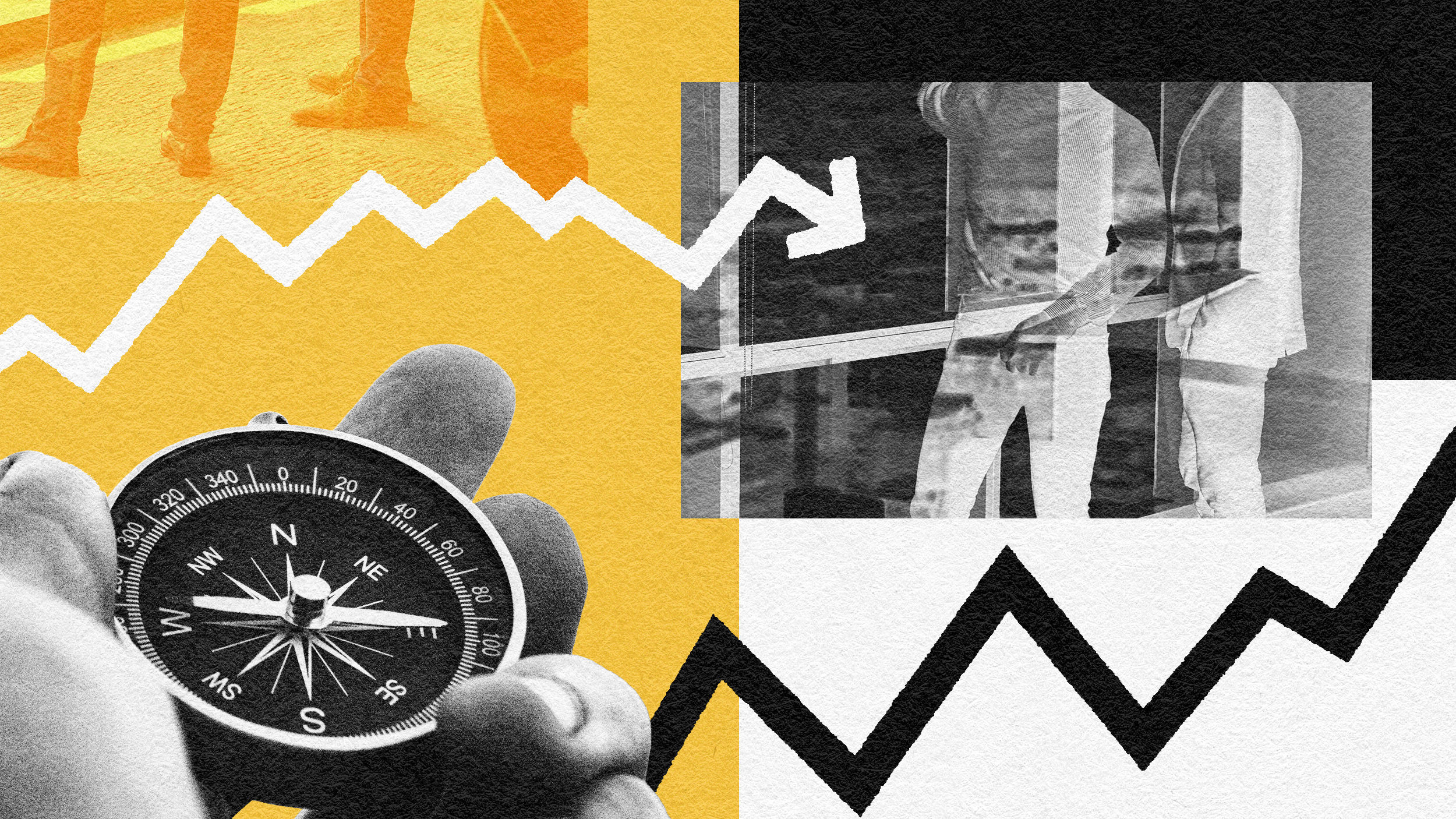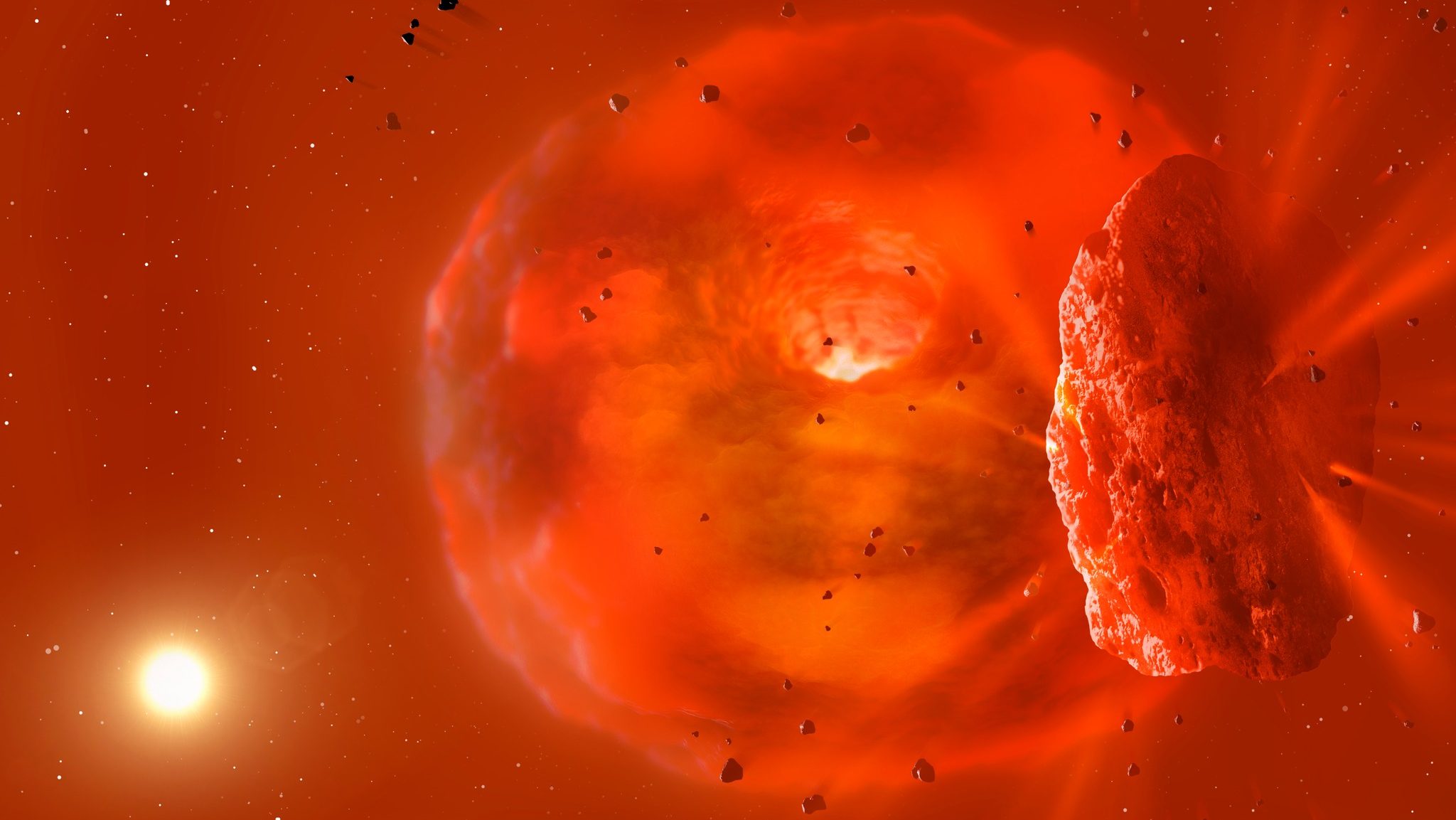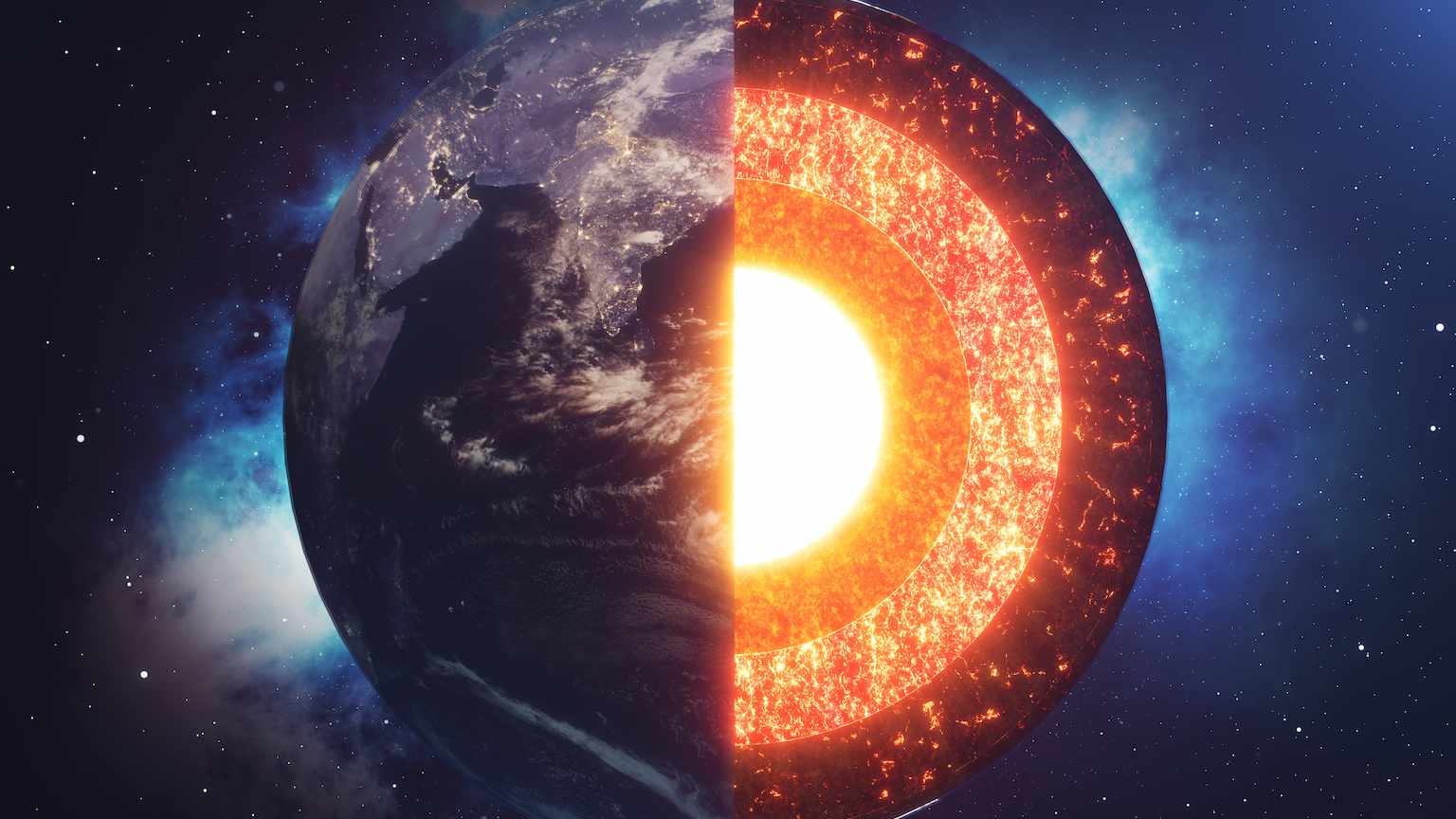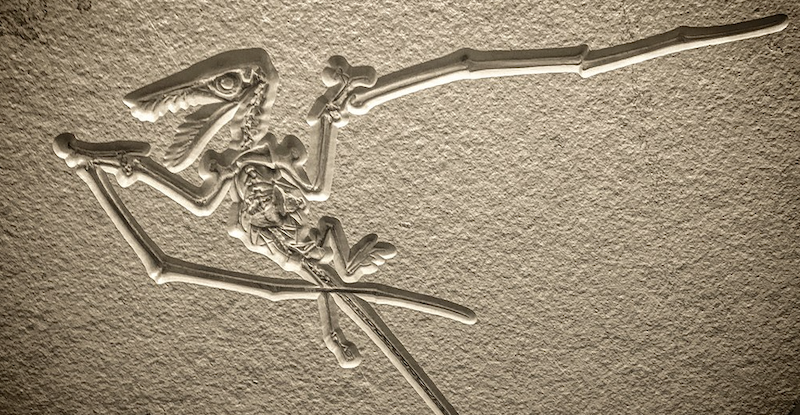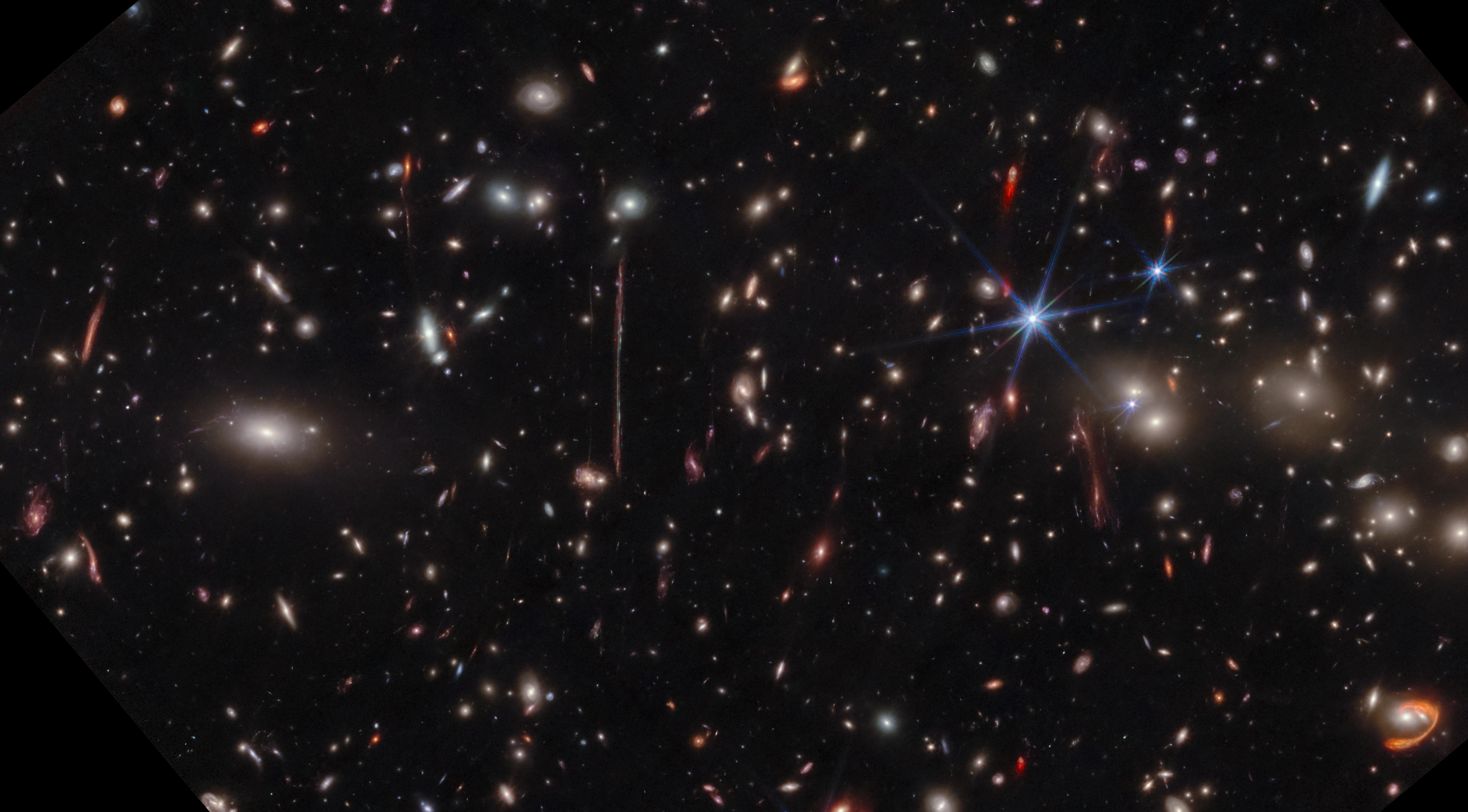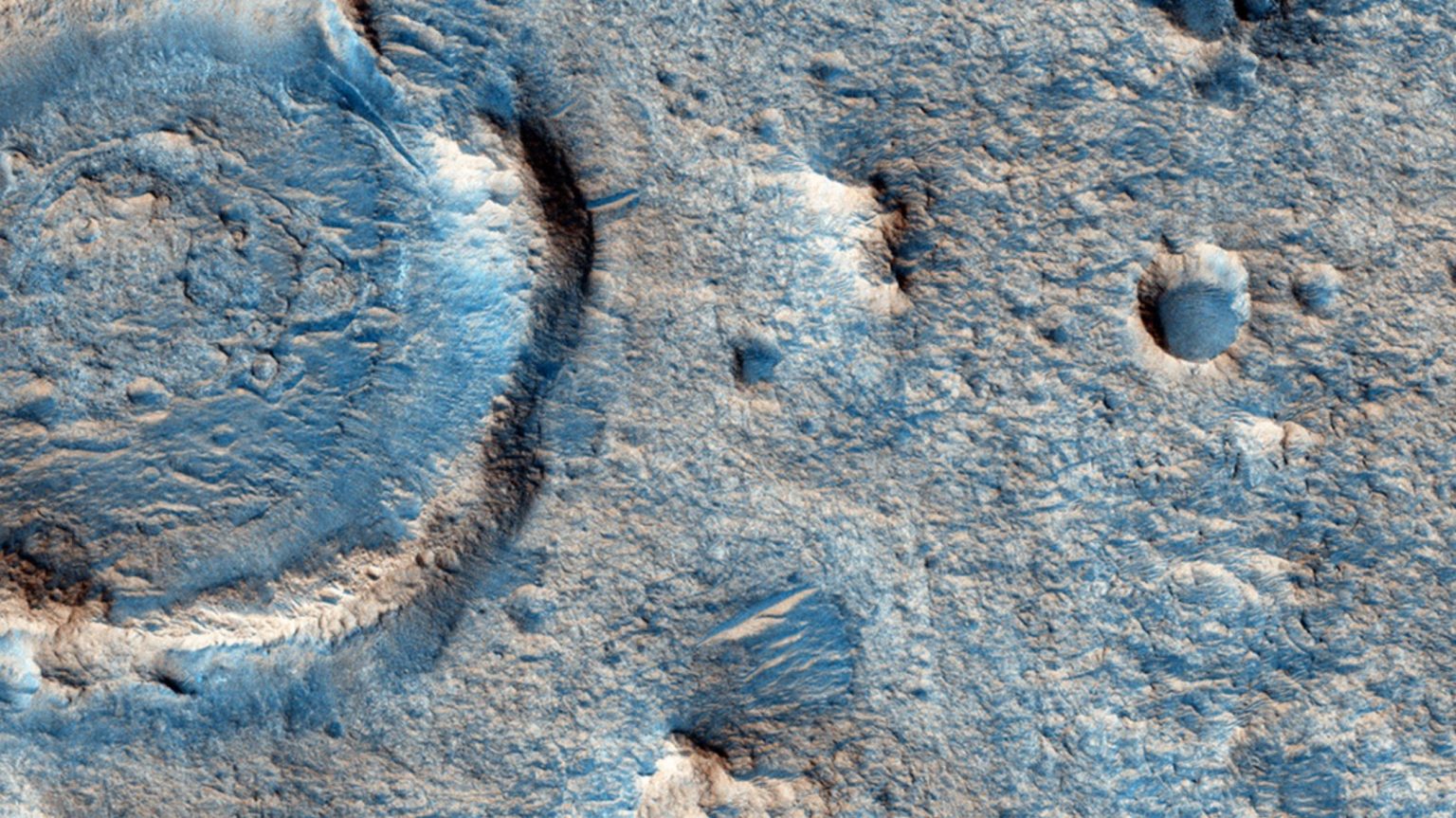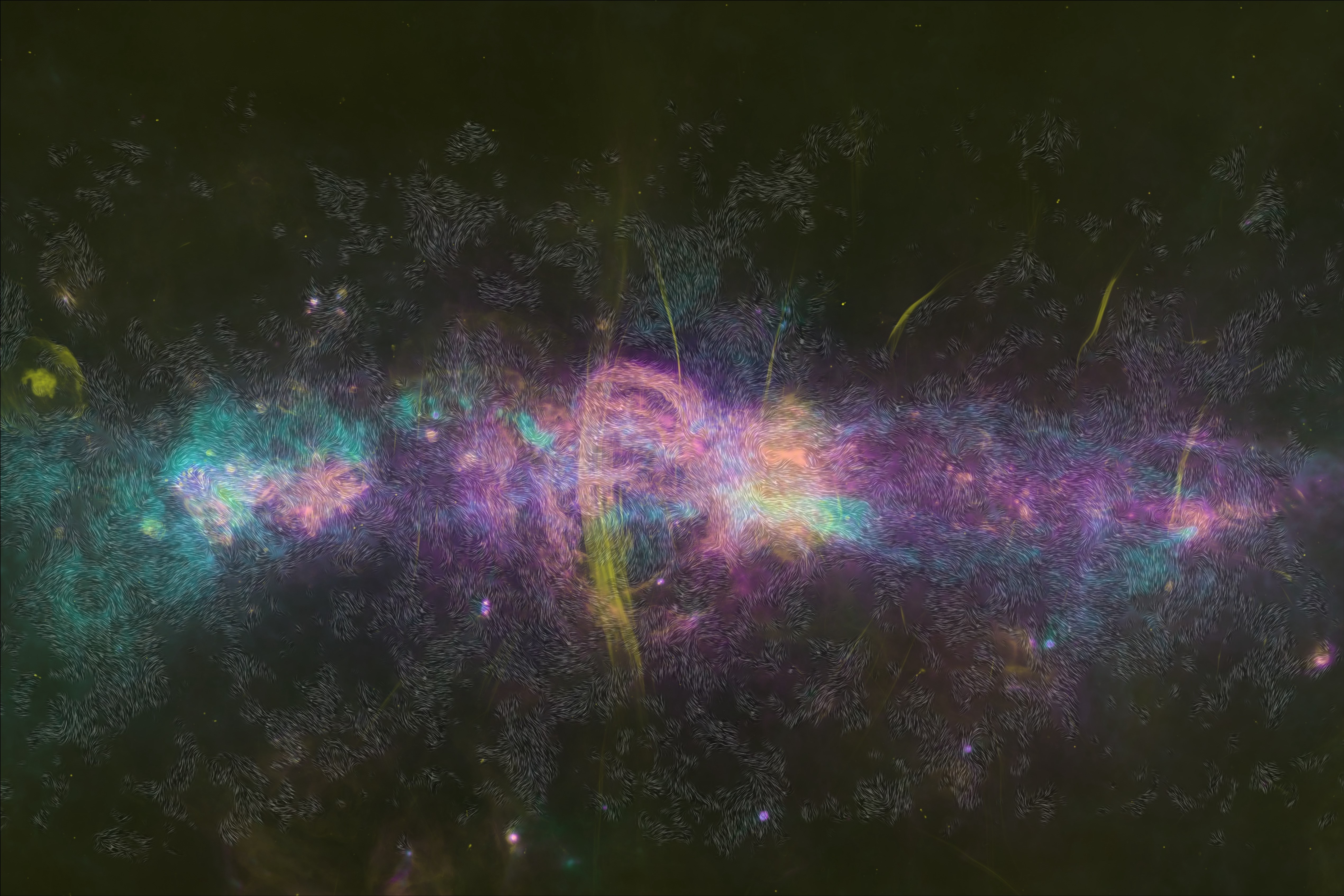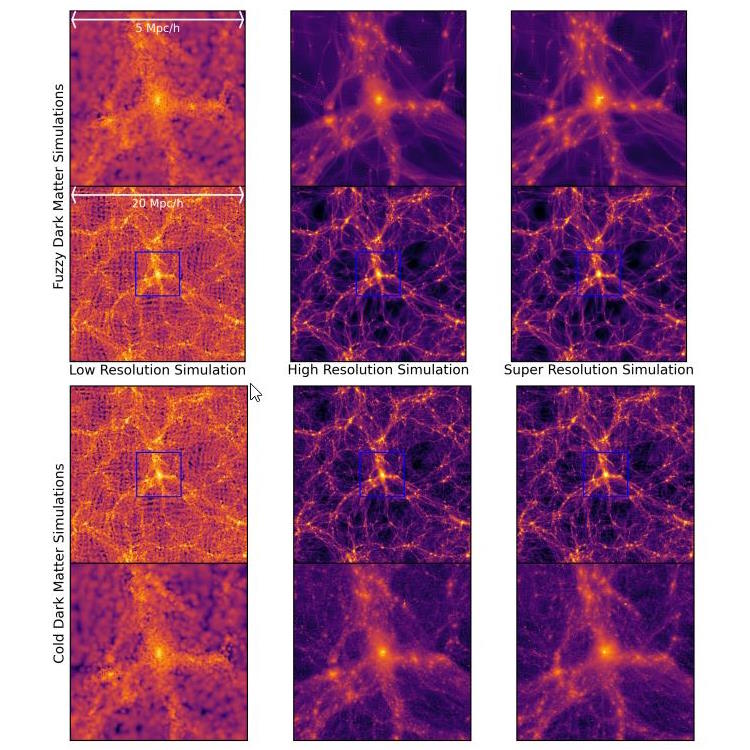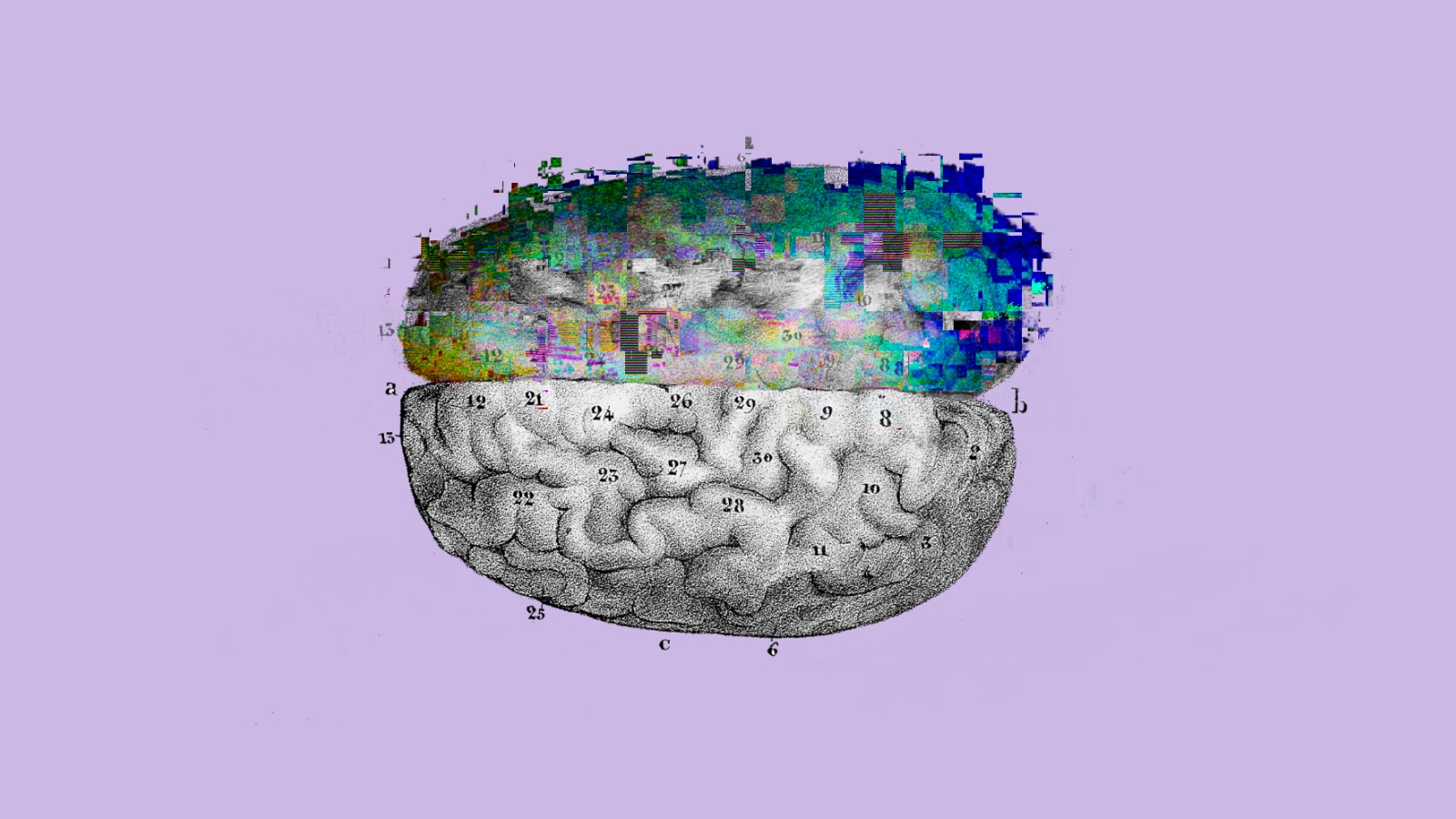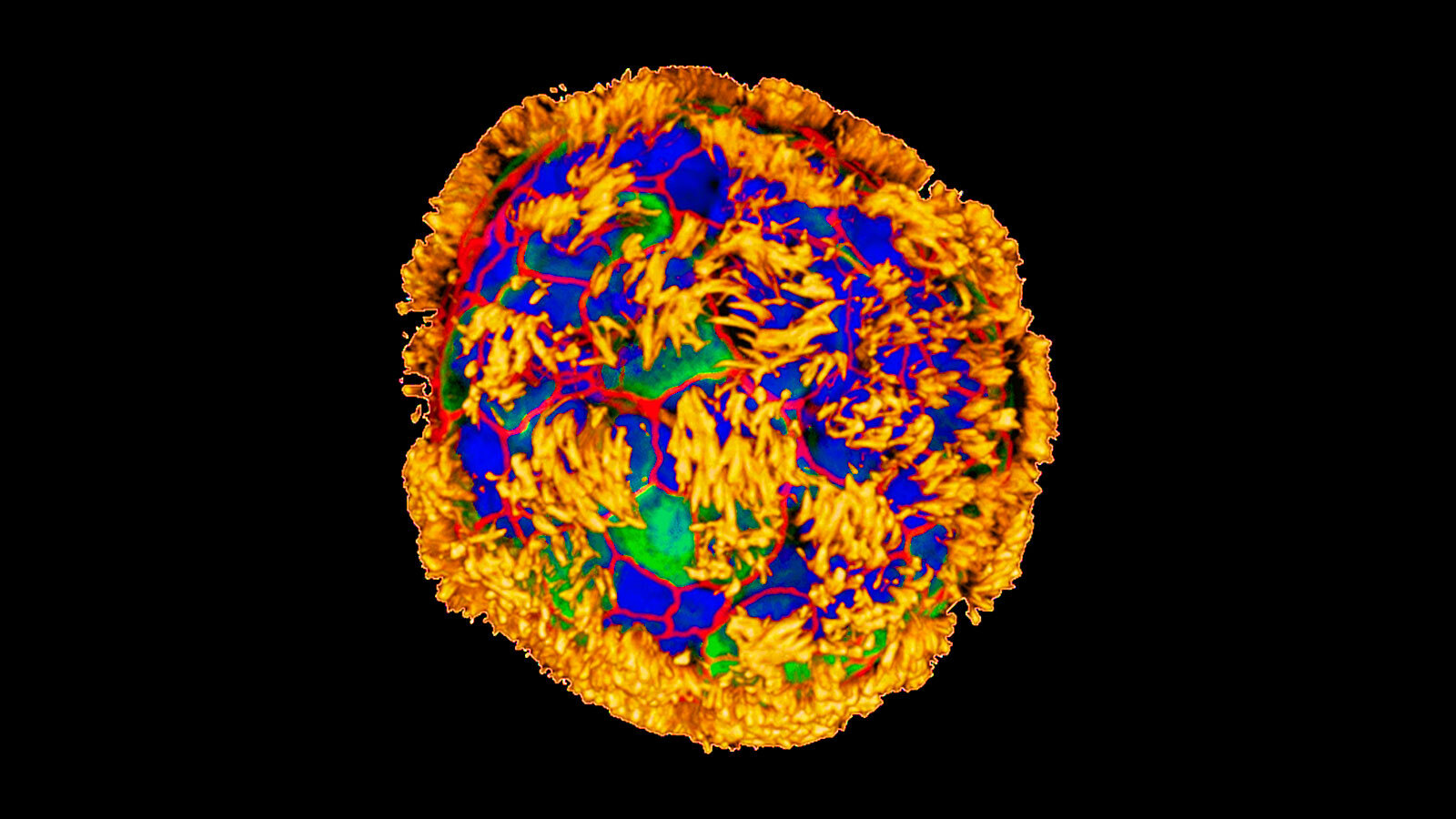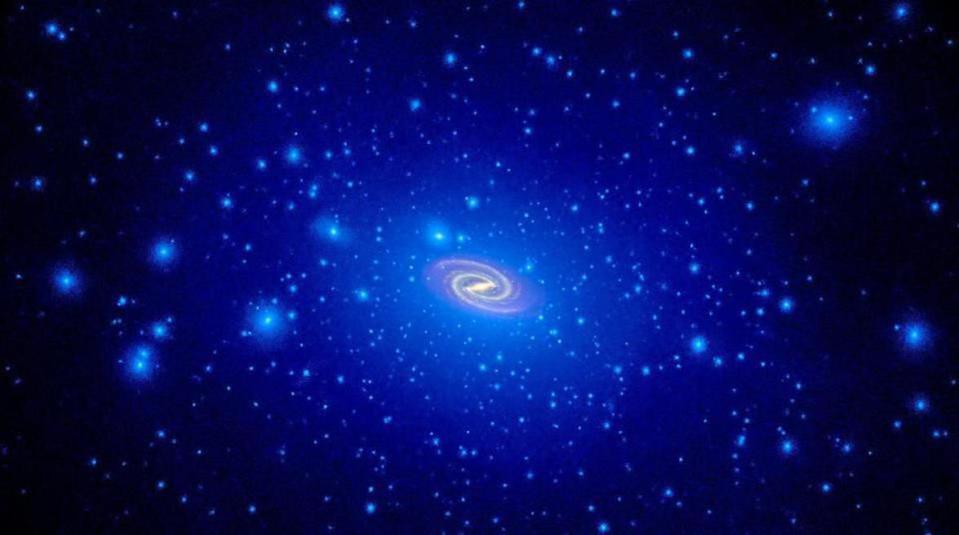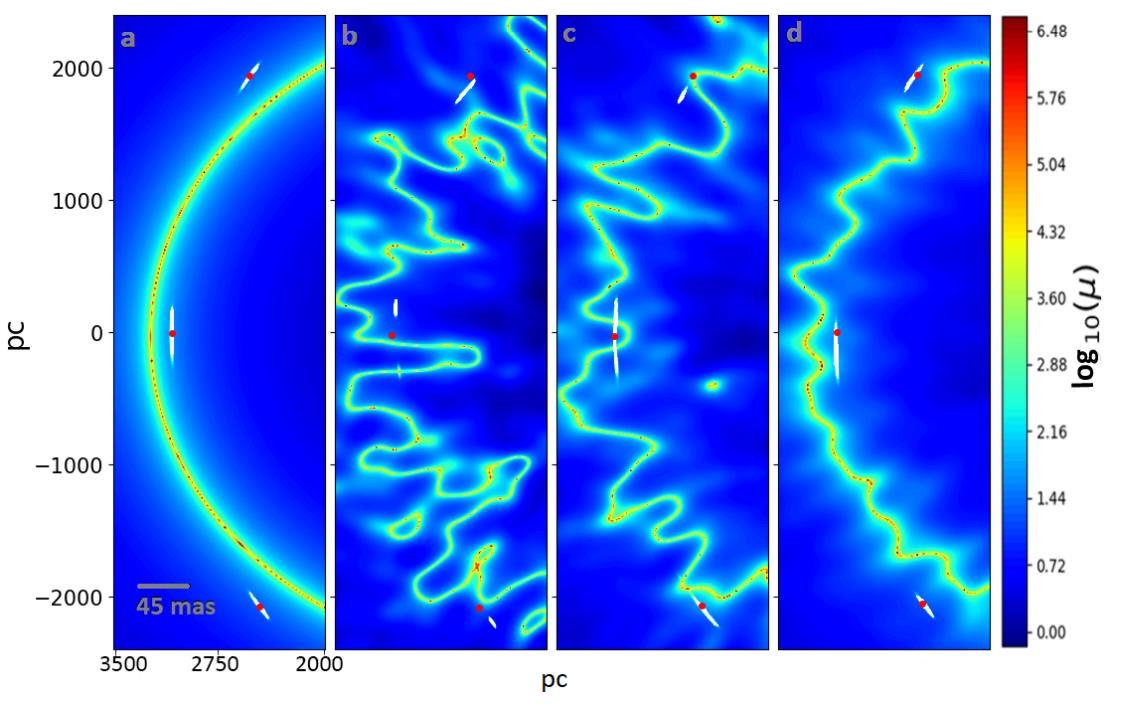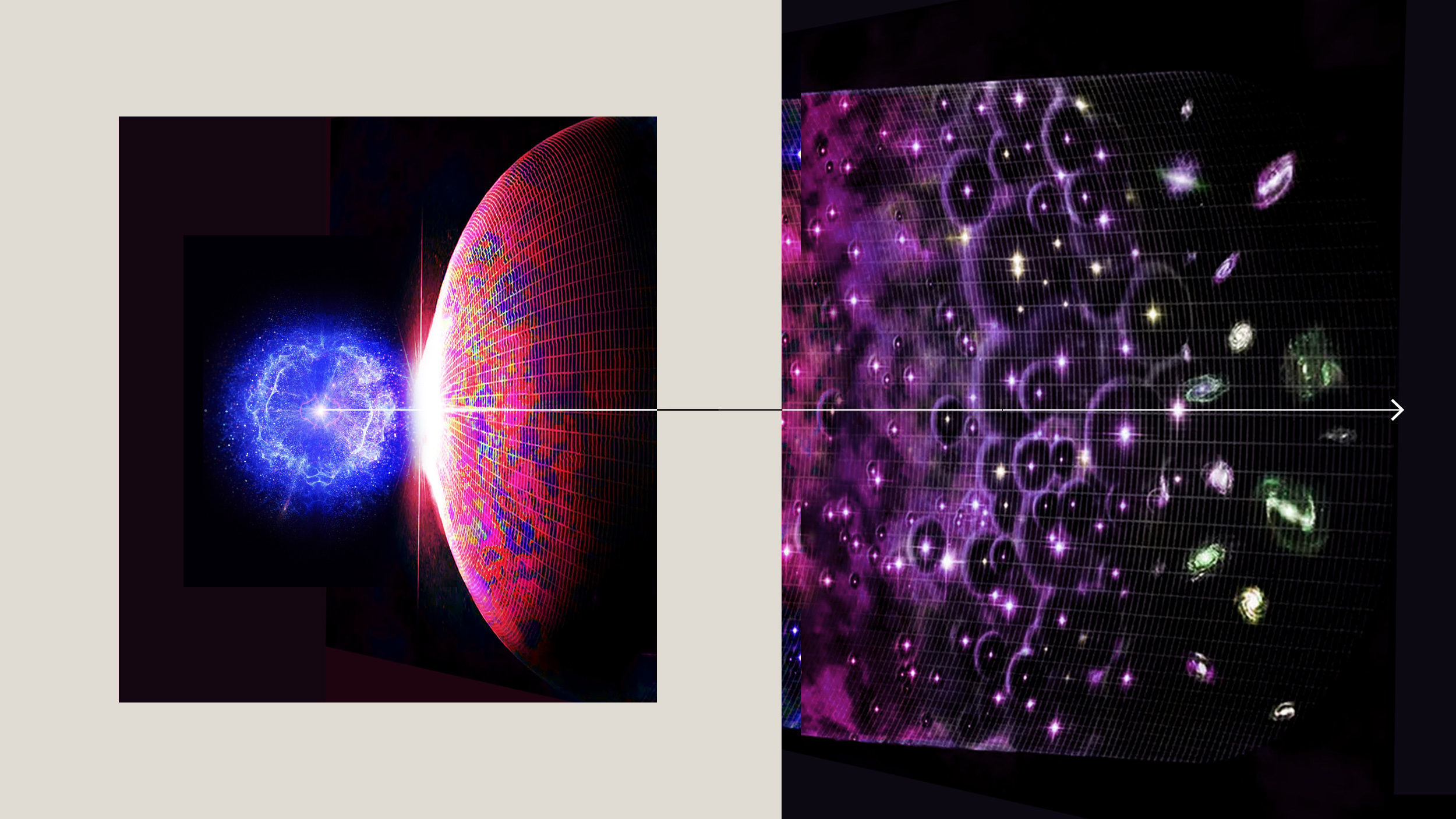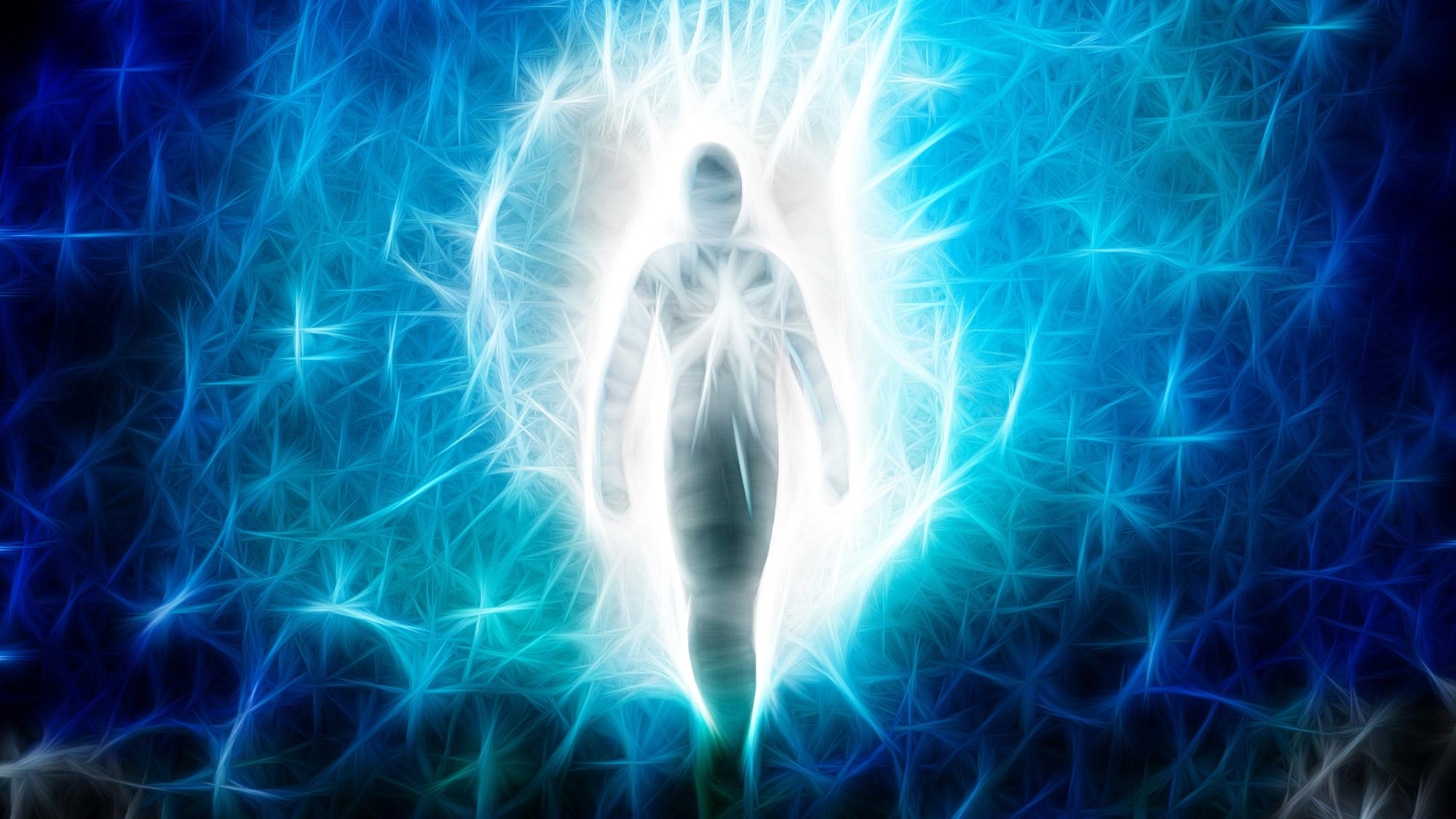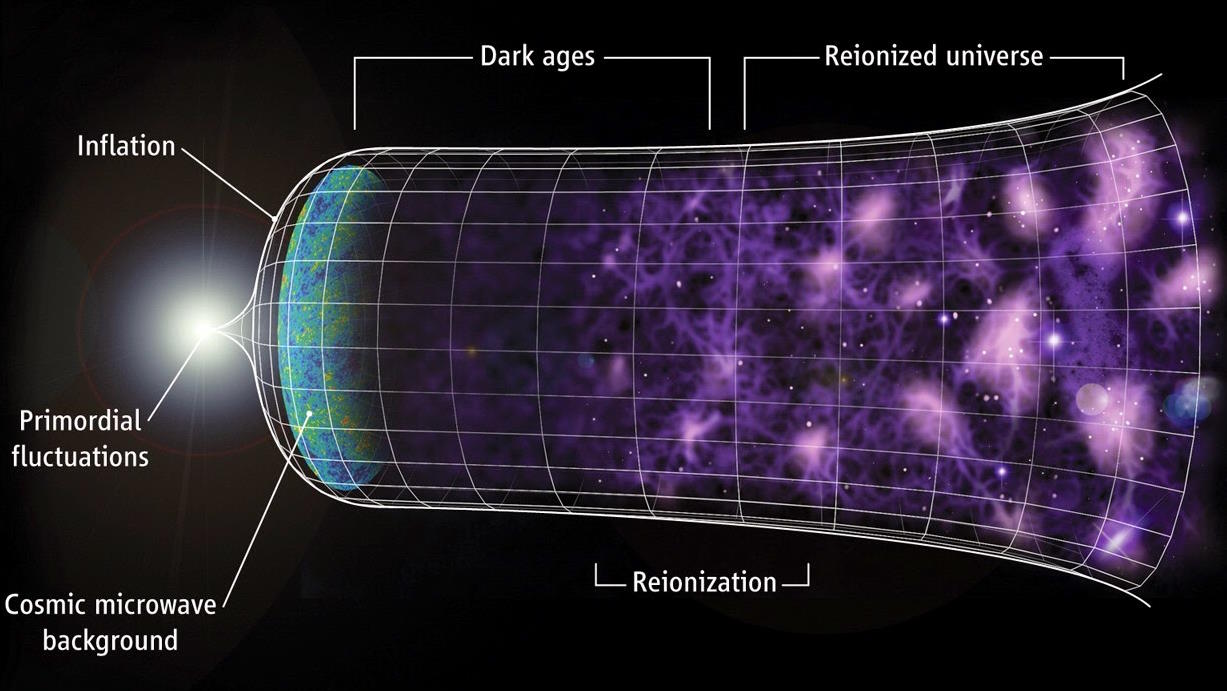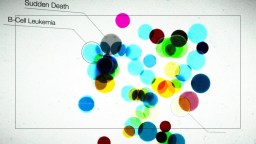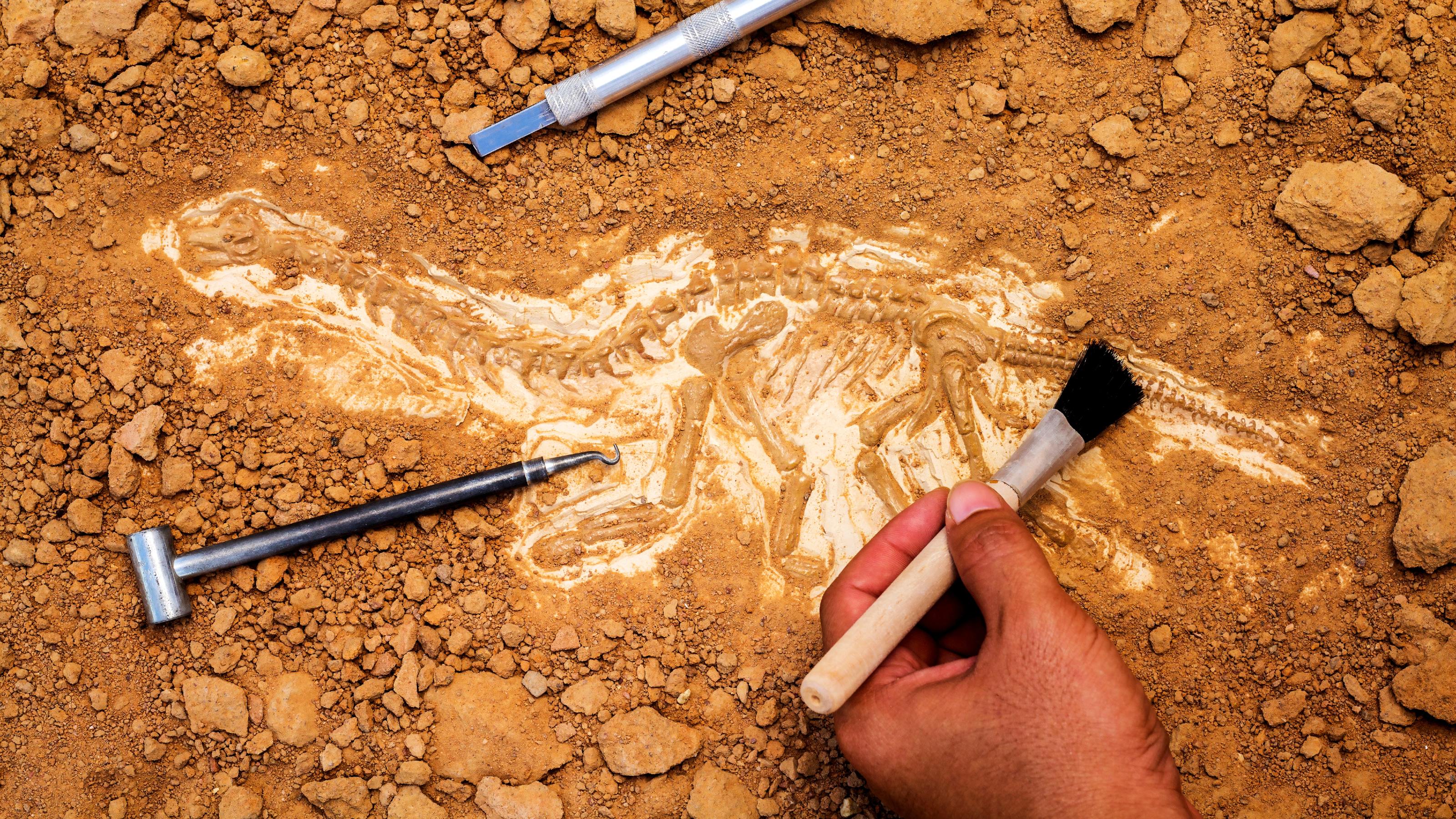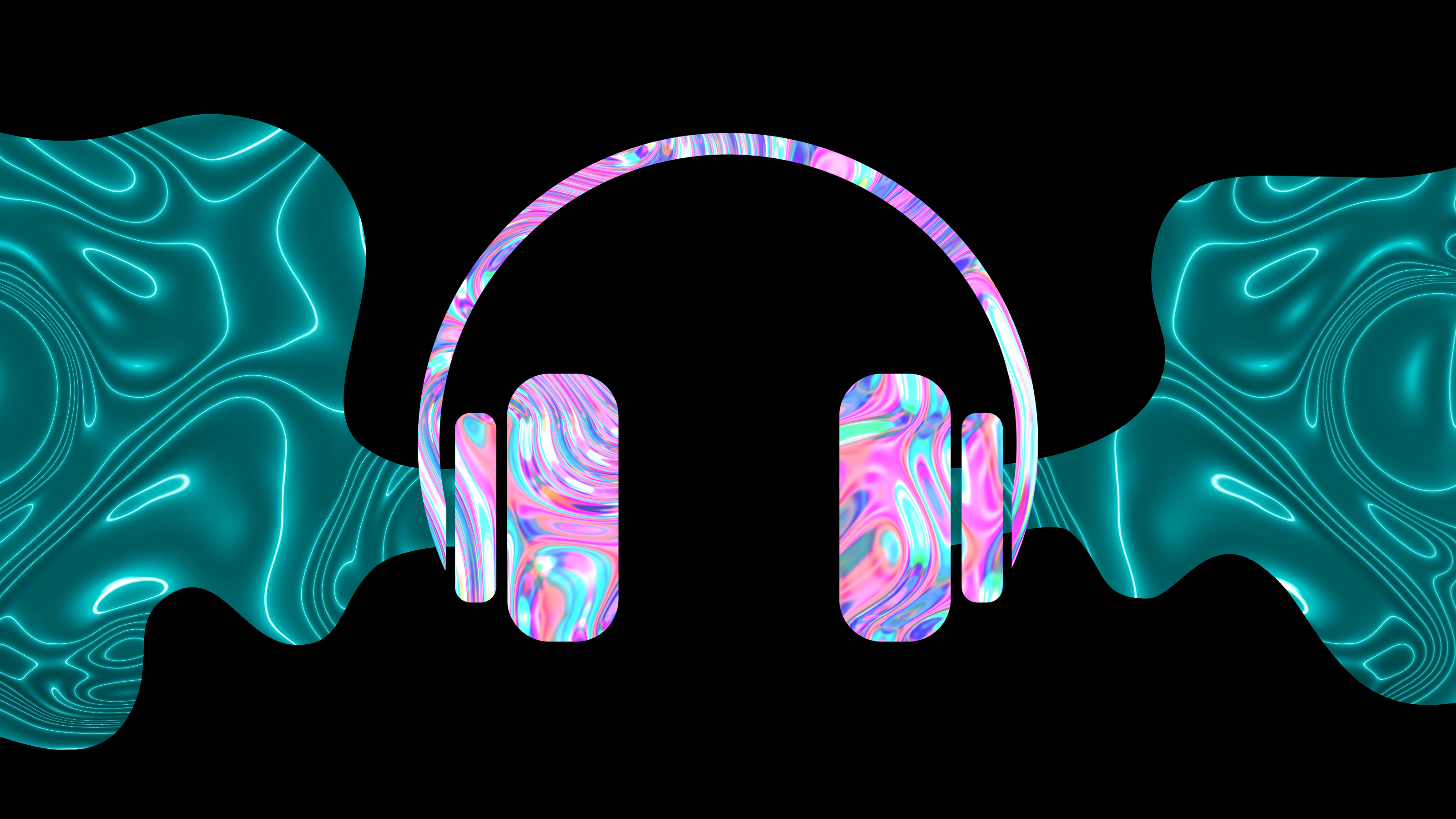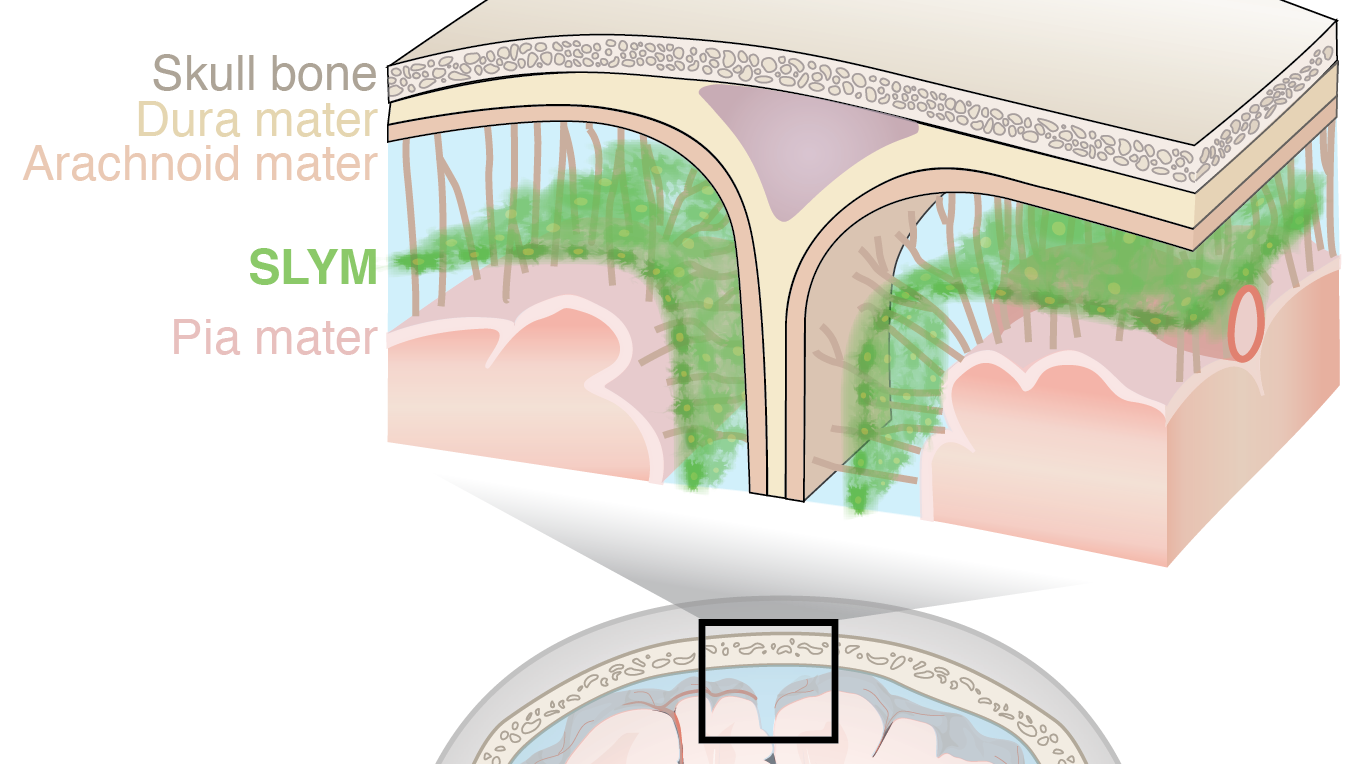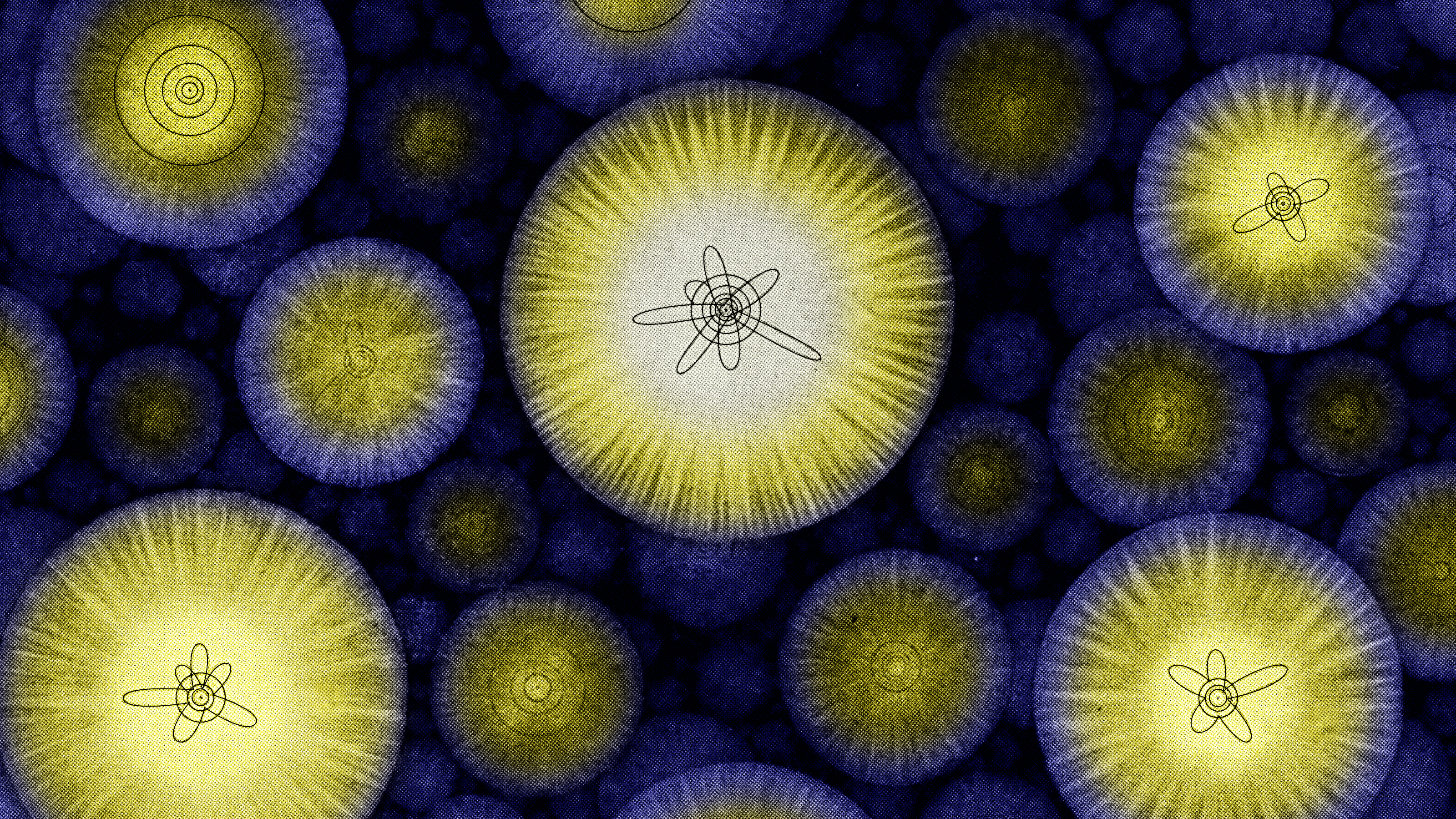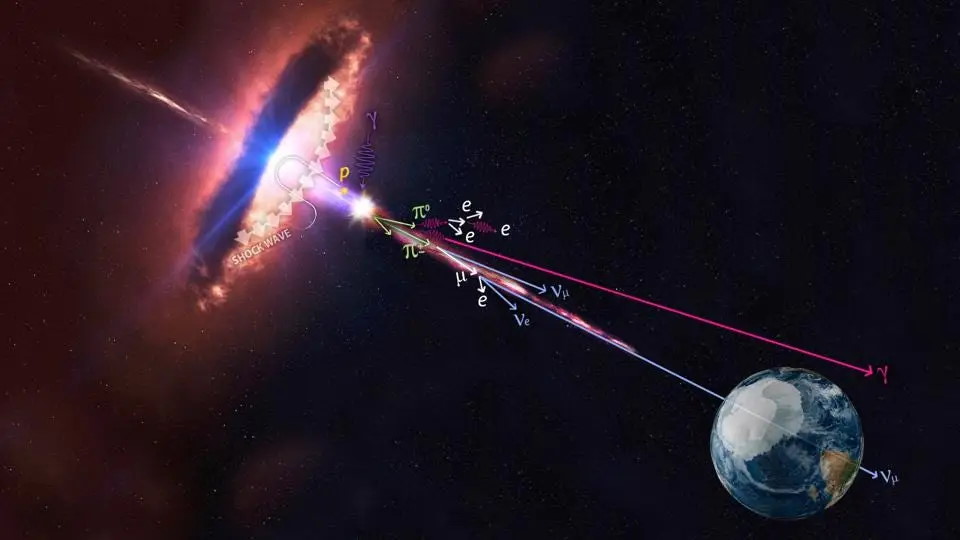When you bring two fingers together, you can feel them “touch” each other. But are your atoms really touching, and if so, how?
Search Results
You searched for: Structure
Einstein’s relativity overthrew the notion of absolute space and time, replacing them with a spacetime fabric. But is spacetime truly real?
Understanding Mezirow’s theory of transformative learning can help you become a catalyst of change.
What worked before won’t necessarily work this time — and the best leaders will adapt.
The Universe, although violent, is filled with creation events following destructive ones. 1850 light-years away, both types are unfolding.
Despite the wide diversity of spider species, most orb-weavers seem to follow the same playbook when building their webs.
We know more about the universe than what is beneath our feet. But Earth’s mantle holds subtle clues about our planet’s past.
Although many dinosaurs never left the ground, they still possessed the basic structural framework for flight.
From when its light was emitted, the El Gordo galaxy cluster might be the most massive object in all of existence. Here’s how JWST sees it.
A next-generation instrument on a delayed rover may be the key to answering the question of life on Mars.
This first-of-its-kind image offers a detailed look at the magnetic fields within the Central Molecular Zone.
In a far-reaching discovery with astrophysicist Karolina Garcia, we discuss what’s in the Universe and how it grew up.
Smaller family networks, more great-grandparents, and fewer cousins.
Children who have a brain hemisphere removed — a procedure known as hemispherectomy — behave completely normally.
Once water gets more than about 200 feet deep, building on the sea floor is out of the question.
The bots started as windpipe cells, yet they helped nerve cells repair and grow.
There’s an extra source of massive “stuff” in our Universe beyond what gravitation and normal matter can explain. Could light be the answer?
The best evidence for dark matter is astrophysical and indirect. Do new lensing observations point to ultra-light, wave-like dark matter?
When the hot Big Bang first occurred, the Universe reached a maximum temperature never recreated since. What was it like back then?
The whole isn’t greater than the sum of its parts; that’s a flaw in our thinking. Non-reductionism requires magic, not merely science.
The knobby starfish skeleton has diamond-like properties and could inspire new designs for lightweight, highly resilient ceramics, with widespread applications in engineering and construction.
Bang bang all over the Universe.
This network scientist is creating a map of the human genome, and it could revolutionize the future of healthcare.
▸
6 min
—
with
Grief never ends. There is no closure, but there are things we can do to mitigate the feeling of loss.
It can write 5-minute songs based on short text prompts.
The “subarachnoidal lymphatic-like membrane” helps shield and protect the brain.
By probing the Universe on atomic scales and smaller, we can reveal the entirety of the Standard Model, and with it, the quantum Universe.
Some solar cells are so lightweight they can sit on a soap bubble.
Our Universe requires dark matter in order to make sense of things, astrophysically. Could massive photons do the trick?
